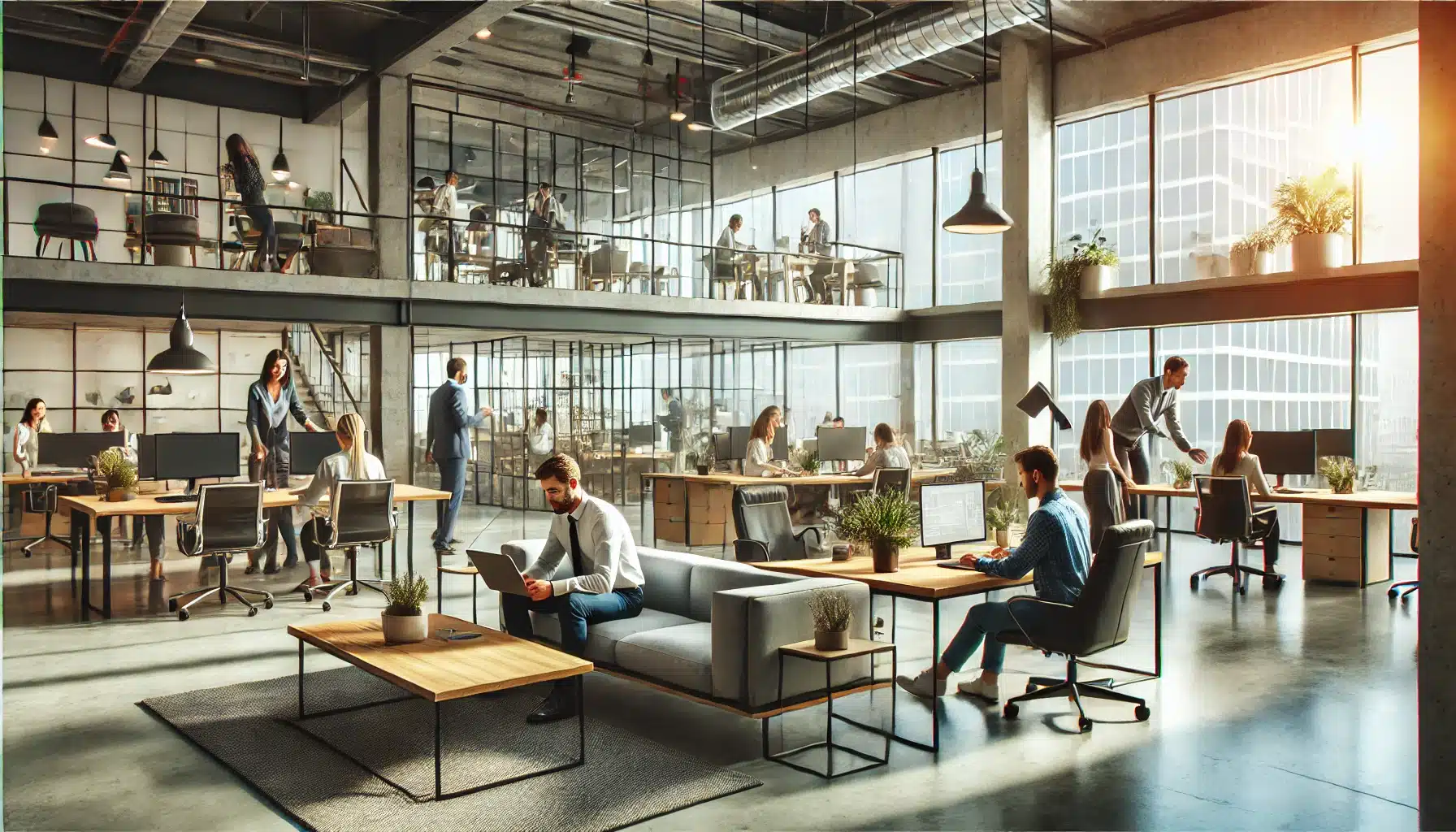As businesses across the globe shift back to office spaces, the debate around remote and in-person work continues.
Companies like Amazon and JP Morgan are forcing their staff back to the office while others continue with a hybrid model .
McKinsey’s recent research offers valuable insights into how companies can get the return-to-office (RTO) strategy right, balancing employee preferences and business needs.
Rising Trend of Return to Office Policies
The trend towards returning to office spaces has gained significant momentum in 2024. According to McKinsey’s data:
- Increased in-person work: By 2024, 68% of employees are working in person most of the time, up from just 35% in 2023.
- Industry variances: Sectors like retail, healthcare, and financial services lead the shift back to physical offices.
This shift signals a change from the remote work boom seen during the COVID-19 pandemic. However, the need for flexibility remains strong among employees.

Employee Satisfaction and RTO
The feelings of employees about returning to the office vary, with some welcoming the change while others remain firm in their desire for flexibility.
Here’s what the research shows:
- General satisfaction: Most employees are satisfied, regardless of their work setup. Both in-office and remote workers report similar levels of happiness.
- Employee retention: In-person workers show lower quit intent than remote workers, though a lack of flexibility can drive dissatisfaction. In fact, employees’ desire for more flexibility is one of the top reasons they would leave.
Employers should focus on creating flexible environments that cater to various work preferences.
Addressing Burnout in the Office
While burnout has become a buzzword over the last few years, McKinsey’s study highlights an important point:
- Burnout levels: Both remote and in-office employees report similar burnout levels. However, those working in-person may experience higher burnout due to the challenges of office-related demands, such as long commutes and distractions.
This finding suggests that companies should be mindful of employee well-being, no matter where they work.
Hiring? Post jobs for free with WhatJobs
The Generational and Gender Divide
The research also uncovers differences in satisfaction levels across age and gender groups:
- Baby boomers: Workers in this group are generally more satisfied with in-person work than their younger counterparts.
- Gen Z: Younger workers, particularly Gen Z, express the least satisfaction with returning to the office. They value flexibility and the work-life balance that remote work provides.
- Gender differences: Women, especially caregivers, report lower satisfaction levels compared to men, often due to fewer mentorship opportunities and challenges with work-life balance.
Understanding these demographic insights is crucial for creating an inclusive return-to-office strategy that meets diverse needs.
The Challenges of Geography and Flexibility
The pandemic led to an increase in employee relocations. As workers moved away from traditional office hubs, many face new challenges under RTO policies:
- Commuting difficulties: Employees living further from the office may struggle with the daily commute, leading to frustrations.
- Relocation: Many workers are finding it hard to meet RTO expectations after relocating during the pandemic. Companies must be aware of these geographic challenges and offer solutions.
Employers may need to rethink office requirements or consider hybrid models to retain talent and ensure employee satisfaction.
Tailoring RTO Models to Business Needs
Leaders must be intentional in choosing the right RTO model.
McKinsey suggests companies should:
- Align RTO with business goals: Businesses should choose a model that supports key objectives, such as fostering innovation, collaboration, and mentorship.
- Offer flexibility: Providing options such as hybrid models can allow employees to work from home some days while maintaining office presence on others.
By aligning office strategies with the needs of the workforce and company objectives, leaders can create a more seamless transition back to in-person work.
Need Career Advice? Get employment skills advice at all levels of your career
The Future of the Return to Office
As companies continue to navigate post-pandemic work models, it’s clear that the return to office isn’t a one-size-fits-all decision. With shifting preferences and changing work dynamics, businesses must consider:
- Employee engagement: Leaders must engage employees and understand their needs to ensure a smooth return.
- Long-term models: Companies that succeed will likely adopt flexible RTO models that accommodate different work styles while maintaining the benefits of in-person collaboration.
Ultimately, the future of work will be defined by companies’ ability to adapt to evolving employee expectations while meeting their business goals.




